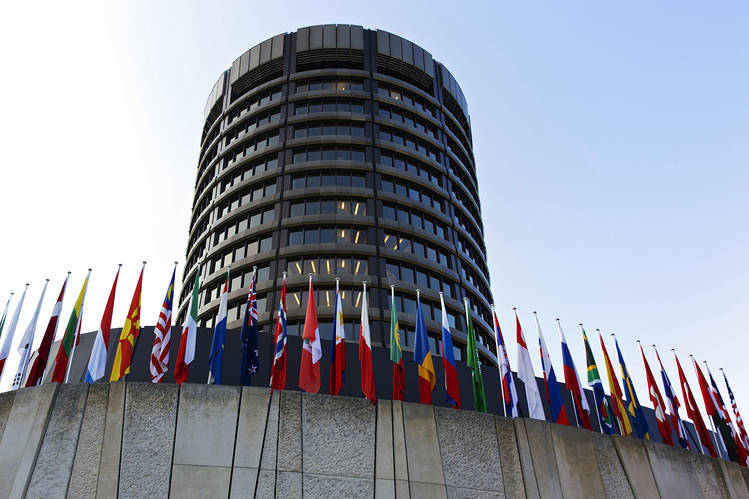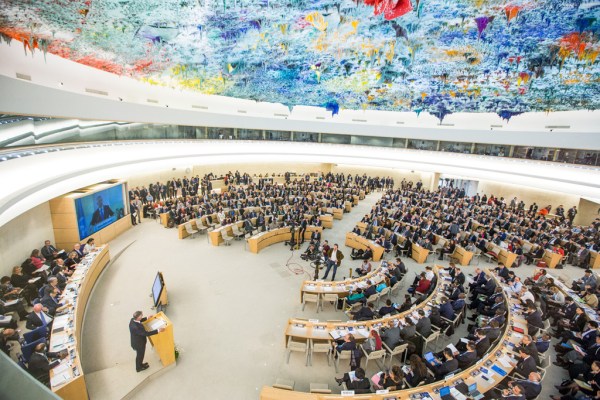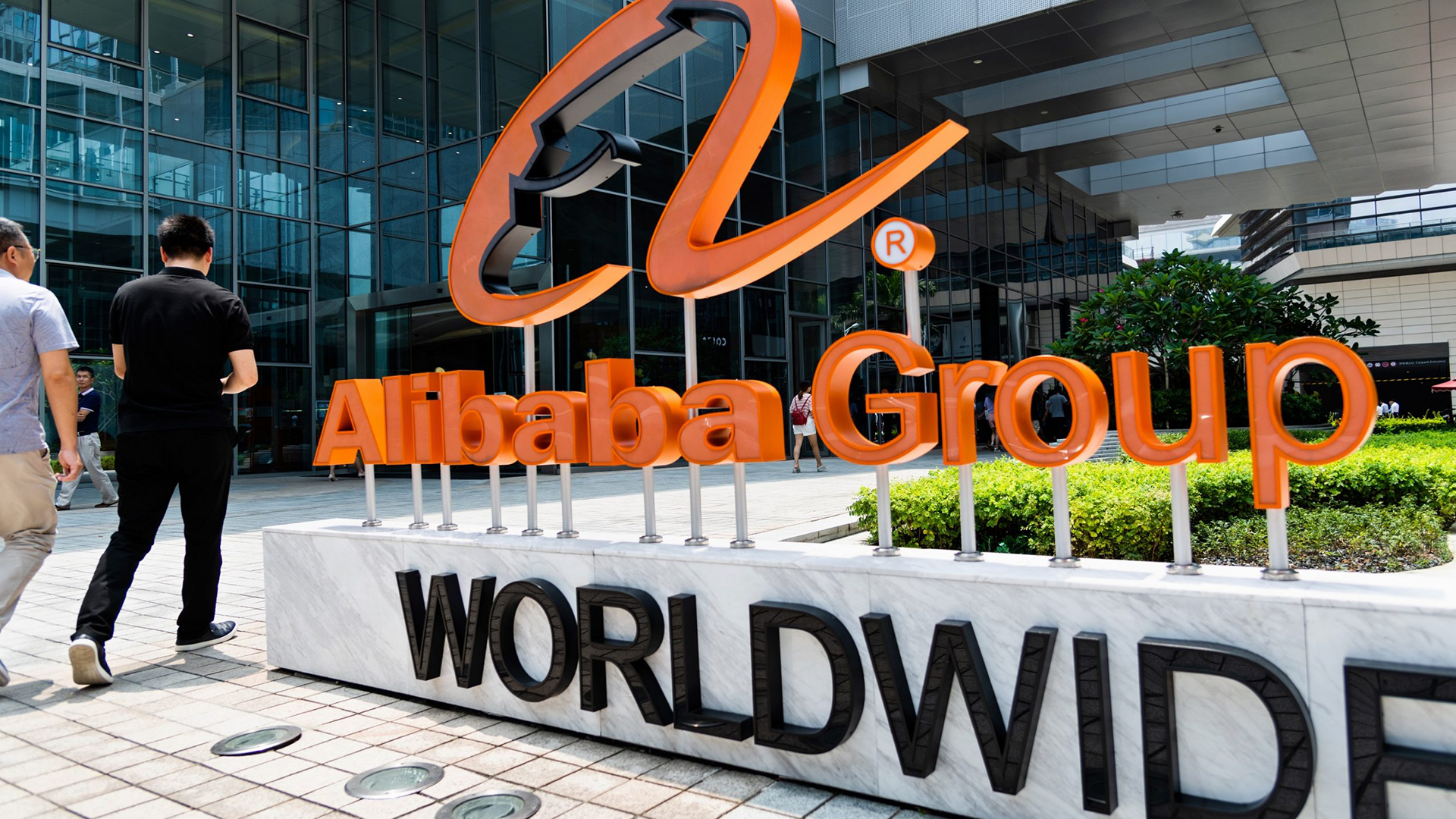
We have reached the fourth and penultimate publication of the Compliance series in history. In this text, you will learn about the main international scandals, the emergence of mandatory compliance, the tightening of laws on corruption, the proposal for models of compliance programs and the implications around the world.
This article is part of Interact’s Compliance Handbook, a 130-page material that includes the history, conceptual foundations, Brazilian legislation, the main models in the world and how the SA Strategic Adviser
meets these recommendations. The survey conducted by Interact was based on the creation of the Compliance & Risk Management technology solution.
Check out the previous publications:
First phase: The germination of the area
Second phase: The birth of the area
Third phase: Money laundering era
Topics in this article:
International scandals
Watershed
Punitive guidance
Brazilian adequacy
Program templates
The most severe law in the world
UK Bribery Act Foreign
Corrupt Practices Act
International scandals
In that period, Compliance assumed the scale that we know today. Firstly, the fourth phase is marked by a series of international scandals that reinsert the United States into the spotlight of corruption. To exemplify, we list four cases frequently cited in the Compliance literature:
1 – Enron case
In 2001, the US energy company Enron claimed to have artificially inflated its revenue to hide debts, which hovered around $ 11 billion. Investigations uncovered the manipulation of the Texas energy market and the payment of bribes abroad. In 2007, Enron declared bankruptcy (TONON, 2016).
At the time, economist Paul Krugman, a columnist for The New York Times, wrote in an article published in Folha de S.Paulo: “The Enron fiasco is not just the story of a company that failed, but that of a system that failed. And the system did not fail due to carelessness or laziness: it was corrupted ”.
2 – Worldcom case
In 2002, the telephone and data services company WorldCom revealed more than US $ 7.1 billion in “accounting errors”. Instead of recording expenses, the company launched these values as investments, artificially increasing its results. Years later, the company recognized the fraud and filed for bankruptcy. At the time, it was the second largest company in the sector in the United States, responsible for half of the internet traffic in the country.
3 – Tyco case
The company’s former chief executive and chief financial officer were indicted on charges of having collected $ 600 million through extortion schemes involving stock fraud, unauthorized bonuses and counterfeit expense accounts.
4 – Adelphia case
In the same year, Adelphia, the American television company, considered the fifth largest in the United States, also went bankrupt due to corruption. The broadcaster’s family was accused of embezzling $ 2.3 billion without reporting on the balance sheet and overestimating the company’s results to hide debts.
Watershed
In this fourth period, the September 11 attacks, a watershed in Compliance, took place. In response to the terrorist acts, the USA PATRIOT Act was approved. The decree expanded the search and surveillance powers of federal intelligence and enforcement agencies. In the banking system, it imposed a series of restrictions and security measures to combat money laundering.
The United States has also enacted the Sarbanes-Oxley Act (Sarbanes-Oxley Act, acronym SOX), which establishes sanctions for companies that practice accounting procedures that do not comply with good corporate governance practices. Structured in eleven chapters, it addresses several aspects that make up organizations, particularly in the areas of control (SARCEDO, 2014).
Punitive guidance
Compliance programs have gained more punitive orientation. Companies now need to have risk assessment programs and internal controls. Before being voluntary, compliance programs started to become mandatory – “mandatory compliance” (CASTRO, 2016, p. 33).
According to studies by Richard Steinberg, addressed in Leandro Sarcedo’s doctoral thesis (2014), the implementation of a compliance program along the lines of SOX can reach high levels of costs. For a company that has $ 5 billion in revenue, it is estimated to spend around $ 4 million. However, the author draws up a list of failures that generated values 20 times greater.
According to the Brazilian Fernando Ribeiro, Head of Compliance at UBS, a multinational bank based in Switzerland, Compliance before the attacks on banks had a mere normative character – checking whether the institution complies with norms.
With the attacks, a fundamental question arose: do you know your client? After all, all actions, including the terrorist piloting course, were financed by a local financial institution. In other words, terror money went through bank conduits (RIBEIRO, 2018).
At the international level, ABN Amro, then the largest Dutch bank, was the first financial institution to be framed by regulatory bodies in the United States and to receive a fine of US $ 85 million in 2004. For the American authorities, the subsidiary of the bank had inadequate internal controls. In response, the bank hired additional employees, installed new policies and asked external experts to review the Compliance program. Since then, according to Ribeiro (2018), the 20 largest banks in the world have received about US $ 25 billion in penalties.

The headquarters of ABN Amro Group NV stand in Amsterdam, Netherlands, on Friday. Feb. 21, 2014. ABN Amro, the state-owned Dutch bank preparing to sell shares to the public, said fourth-quarter losses widened 24 percent as economic woes in the Netherlands forced it to set aside more bad-loan provisions. Photographer: Jasper Juinen/Bloomberg
Brazilian adequacy
At the national level, Brazil launched an articulated program among more than 60 organs and entities to fight corruption. Created in 2003, the National Strategy to Combat Corruption and Money Laundering is the main Brazilian articulation network for the arrangement and discussions on combating corruption and money laundering. The participating bodies comprise the Executive, Legislative and Judiciary Powers at the federal and state and, in some cases, municipal levels, as well as the Public Ministry.
This network joins efforts with Brazil’s adherence to the United Nations Global Compact, which calls on companies to align their strategies and operations with 10 universal principles in the areas of Human Rights, Labor, Environment and Anti-Corruption. It is currently the largest corporate sustainability initiative in the world, with more than 13,000 members in almost 80 local networks, covering 160 countries. Of this amount, approximately 700 signatories are Brazilian.
Corruption was also the theme of the United Nations Convention in 2006, which established an international framework among member countries in combating the entire network that surrounds the theme of corruption. As a consequence, the legislation of the signatory countries was adapted in the years following the approved parameters. In 2006, the National Monetary Council issued Resolution 3,380, which provides for the implementation of the operational risk management structure. In 2008, Bill No. 3,443 was passed, approved three years later, which renewed Bill No. 9,613 of 1998 on preventing and combating money laundering.

United Nations Convention, Geneva. Photo: Elma Okic / ONU
Program templates
In 2005, the Basel Committeepublished the document Compliance and the Compliance Function in Banks, which sets out, in principle, the recommendations on the Compliance function. In the following year, a revision of the Committee QR-014 of the Australian Standard AS 3806 was published. It was recently transformed into ISO 19600.
According to Candeloro (2012), this model has been widely used in forums for discussing the structuring of Compliance programs, as it highlights that they will be different for each institution, due to the following factors:
• jurisdiction in which the institution operates;
• corporative culture;
• operating market;
• regulatory environment;
• characteristics and complexity of products and services;
• size of the institution;
• resources used by the Compliance area;
• methodologies used, degree of commitment and support from senior management.
The most severe law in the world
The period ends with the creation of what is considered today as the most severe anti-corruption law in the world: the UK Bribery Act. In force since 2011, it applies to both public service and companies based in the United Kingdom or doing business in the region. Compared to the United States’ FCPA, both penalize bribery of foreign civil servants.
UK Bribery Act Foreign
-
- Penalizes bribery of public officials.
- It also charges a passive bribe.
- It penalizes the institution by not preventing Bribery.
- It covers acts of partners and partners.
- It does not require proof of intention.
- As a penalty, you can get up to 10 years in prison and / or unlimited fine.
Corrupt Practices Act
- Penalizes bribery of public officials.
- It charges only an active bribe (offer).
- Allows the company to be held responsible for acts of its employees.
- The corrupt intention must be approved.
- Fine up to US $ 250,000 and up to 5 years in prison for individuals and up to US $ 2 million for companies.
However, the interpretation of what constitutes a foreign civil servant is more restricted under UK law. The FCPA covers only the active bribe (offer). The UK Bribery Act includes passive bribery as well. UK law penalizes the institution by not preventing bribery. In turn, US law presents the possibility of hold the company responsible for the actions of its employees. Another differential of the UK Bribery Act is that it covers acts of members and partners who perform services on behalf of the organization.
Under the FCPA, corrupt intent (intent) must be proven. UK law does not require proof of intent in relation to bribery of a foreign civil servant. Penalties under UK law are up to 10 years in prison and / or unlimited fine. For the FCPA the individual can be fined up to US $ 250 thousand and receive 5 years in prison. For companies, the fine can reach US $ 2 million.
Author:
Vinícius Flôres
Journalist, Ph.D. in Communication, and martech enthusiast. Communication and Marketing Supervisor at Interact Solutions.
References
CANDELORO, Ana Paula P. Compliance 360º: riscos, estratégias, conflitos e
vaidades no mundo corporativo. São Paulo: Trevisan Editora Universitária, 2012.
CASTRO, Rafael Guedes de. Compliance Criminal: autorregulação, gerenciamento do risco e impactos na atividade econômica empresarial. Dissertação de mestrado. Programa de Pós-Graduação em Direito da Pontifícia Universidade Católica do Paraná. Curitiba, 2016.
KRUGMAN, Paul. Fiasco da Enron mostra que o sistema foi corrompido. Folha de S.Paulo. 19 de janeiro de 2002. Disponível em: https://www1.folha.uol.com.br/fsp/dinheiro/fi1901200211.htm
THE NEW YORK TIMES. ABN Amro Raises Guard on Money Laundering. 30 set. 2004.
RIBEIRO, Fernando. A Agenda do Compliance Officer. Amcham São Paulo – V Fórum de Compliance, 2018. (Comunicação oral).
SARCEDO, Leandro. Compliance e Responsabilidade Penal da Pessoa Jurídica: Construção de um novo modelo de imputação, baseado na culpabilidade corporativa. Tese de Doutorado. Faculdade de Direito da Universidade de São Paulo, 2014.
TONON, Daniel Henrique Paiva. Compliance e programa interno de integridade de acordo com a legislação anticorrupção brasileira. Dissertação de mestrado. Programa de Mestrado Profissional em Administração – Governança Corporativa do Centro Universitário das Faculdades Metropolitanas Unidas. São Paulo, 2016.




